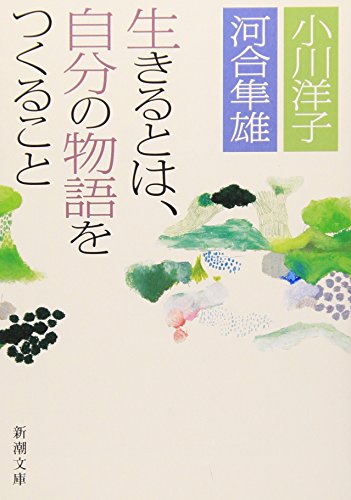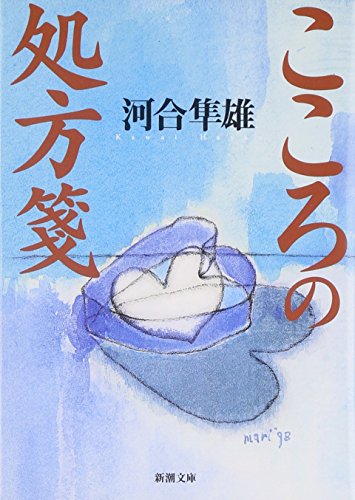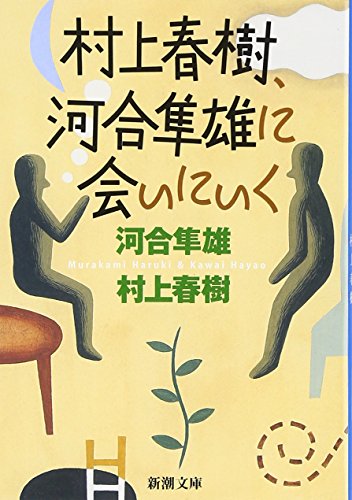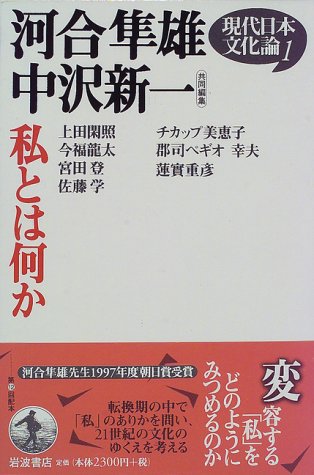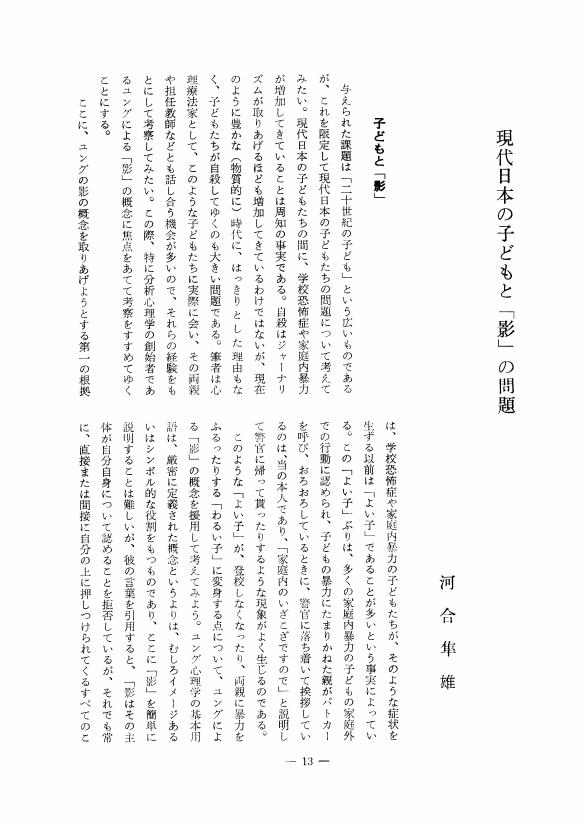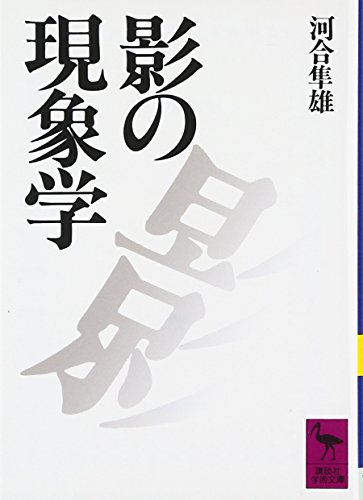4 0 0 0 IR 『浜松中納言物語』と『更級日記』の夢
- 著者
- 河合 隼雄
- 出版者
- 国際日本文化研究センター
- 雑誌
- 日本研究 : 国際日本文化研究センター紀要
- 巻号頁・発行日
- vol.15, pp.51-67, 1996-12-27
浜松中納言物語と更級日記は、菅原孝標女という同一人物によって書かれたと言われている。両者の特徴の共通点のひとつは、ともに多くの夢が語られていることである。私はそれらの夢を、現代の深層心理学の立場に立って、自分の夢分析の実際経験に頼りつつ比較検討した。一見すると浜松中納言物語と更級日記の夢の意味はまったく異なっているように見える。前者では、すべての夢は外的現実と関連しており、ときには未来の事象を告げたりする。物語は夢に従って展開する。夢は物語の筋に重要な役割を担っている。他方、後者では、作者は夢が彼女の人生において、最後のひとつを除いて、すべて役に立たなかったと嘆いている。 一見したところのこの大きい差から見ると、これら二つの作品の著者は同一人物ではないと考えたくなる。 しかし、更級日記をより慎重に検討すると、異なる見方ができる。その最も重要な夢は最後の夢で、それには阿弥陀仏が現れる。作者はその夢を見て非常に幸福に感じ、その夢によって涅槃を約束されたと信じる。このことが作者の実に強調したいことなのである。この点を心に留めて見ると、更級日記の内容は、すべての夢を含めて、彼女の最後の夢によって明らかにされた来世の幸福を伝えようとする試みとして見ることができる。このように理解すると、この二つの物語における夢の重要性は、一見したところは相当に異なって見えるけれども、同じであるという結論に達する。 かくて、浜松中納言物語も更級日記も、夢がいかに深い真実を告げるかを明らかにしているものだと結論することができる。これは、両者の作者が同一人物であるということを支持することになるだろう。
2 0 0 0 OA 『風土記』と昔話
- 著者
- 河合 隼雄
- 出版者
- 国際日本文化研究センター
- 雑誌
- 日本研究 : 国際日本文化研究センター紀要 (ISSN:09150900)
- 巻号頁・発行日
- vol.7, pp.11-27, 1992-03-30
『風土記』には、昔話の主題となる話が多く語られている。それより時代の下る中世の説話集にも多くの昔話の主題が認められる。ところが、『風土記』には認められても中世の説話集に認められぬもの、あるいはその逆のものなどがあり、それらを比較してみると、日本人の心の在り方が時代によって変化してゆく様相の一面が把えられ、また、日本の昔話の成立過程などを考える上で興味深い。
2 0 0 0 ユング心理学と東洋思想
- 著者
- 井筒 俊彦 Hillman James 河合 隼雄
- 出版者
- 岩波書店
- 雑誌
- 思想 (ISSN:03862755)
- 巻号頁・発行日
- no.708, pp.p1-35, 1983-06
2 0 0 0 あなたが子どもだったころ : こころの原風景
2 0 0 0 生きるとは、自分の物語をつくること
- 著者
- 小川洋子 河合隼雄著
- 出版者
- 新潮社
- 巻号頁・発行日
- 2011
2 0 0 0 ナバホへの旅たましいの風景
2 0 0 0 村上春樹、河合隼雄に会いにいく
- 著者
- 河合隼雄 村上春樹著
- 出版者
- 新潮社
- 巻号頁・発行日
- 1999
1 0 0 0 私とは何か
- 著者
- 河合隼雄 中沢新一共同編集
- 出版者
- 岩波書店
- 巻号頁・発行日
- 1998
1 0 0 0 OA 「健康と個性」
- 著者
- 河合 隼雄 大道 學
- 出版者
- 公益社団法人 日本人間ドック学会
- 雑誌
- 健康医学 (ISSN:09140328)
- 巻号頁・発行日
- vol.16, no.4, pp.431-440, 2002-02-28 (Released:2012-08-27)
1 0 0 0 事例研究の意義と問題点-臨床心理学の立場から-
1 0 0 0 OA 現代日本の子どもと「影」の問題
- 著者
- 河合 隼雄
- 出版者
- 教育哲学会
- 雑誌
- 教育哲学研究 (ISSN:03873153)
- 巻号頁・発行日
- vol.1980, no.41, pp.13-17, 1980-04-25 (Released:2009-09-04)
- 著者
- 東儀 秀樹 河合 隼雄
- 出版者
- ぎょうせい
- 雑誌
- 文化庁月報 (ISSN:09169849)
- 巻号頁・発行日
- no.406, pp.4-9, 2002-07
- 著者
- 河合 隼雄 高垣 忠一郎 末田 啓二 沢見 やよい 近藤 直子
- 出版者
- 一般社団法人 日本教育心理学会
- 雑誌
- 日本教育心理学会総会発表論文集 第17回総会発表論文集 (ISSN:21895538)
- 巻号頁・発行日
- pp.590-591, 1975-08-10 (Released:2017-03-30)
1 0 0 0 OA シンポジウムIII: 人間性について
- 著者
- 対馬 忠 村山 正治 河合 隼雄 鐘 幹八郎 玉城 政光 水島 恵一 荻野 恒一
- 出版者
- 一般社団法人 日本教育心理学会
- 雑誌
- 教育心理学年報 (ISSN:04529650)
- 巻号頁・発行日
- vol.19, pp.87-93,185, 1980-03-30 (Released:2012-12-11)
The term “human nature” should, according to the symposium organizer, imply both its positive side or humanitarian love, and negative side or aggression-destructive tendency, cruelty, and jealousy, etc. By recognizing human nature as such, we shall be able to have deeper insight and better understanding both on ourselves and other people.In the twentieth century, after the two World Wars, human nature has been discussed from the viewpoint of “war and peace”,but it should be discussed now in relation to the great development of technology as well as the social systems and its structures.The first speaker, M. Tatara mentioned from the point of view of psychoanalysis the malformation and recovery of human nature. He mainly stressed on Erikson's point of view, but pointed out the fact that the recovery also depended on social situations to some extents.The second speaker M. Murayama, a Rogerian introduced the characteristics of C. Rogers' point of view on human nature. The third speaker H. Kawai, a Jungian, grasped human nature with two opposite poles-logos and pathos-and at present he thinks that human nature should be broadly considered in relation to the highly developed technology. He believes that to understand human nature as a whole it should be based not only on organized logical approach, but also on phenomenological one faithful to facts.The fourth speaker, a Skinnerian, M. Tamaki introduced B. F. Skinner's theory on human nature. As Skinner's opinion was thorough going and stimulating though simple in a way, his talk aroused discussions in a heated atmosphere.The fifth speaker, K. Mizushima connected the above four speakers' talks rather systematically in relation to his own 200 clinical caces.The invited discussant, K. Ogino, a psychiatrist, put much emphasis on the importance of the unreasonable quality of human nature, and he was against Skinner.A question was asked by the audience on the relationship between dependence and Amae, and M. Tatara and H. Kawai were requested to answer.They answered that dependence and Amae had not exactly the same meaning, and in relation to this point, the difference between the concepts of ego in the West and Japan should be considered. Both felt further medication was necessary before well-matured answer could be given.
1 0 0 0 河合隼雄自伝 : 未来への記憶
1 0 0 0 芸術と創造
- 著者
- 河合隼雄 横尾忠則共同編集
- 出版者
- 岩波書店
- 巻号頁・発行日
- 1997


